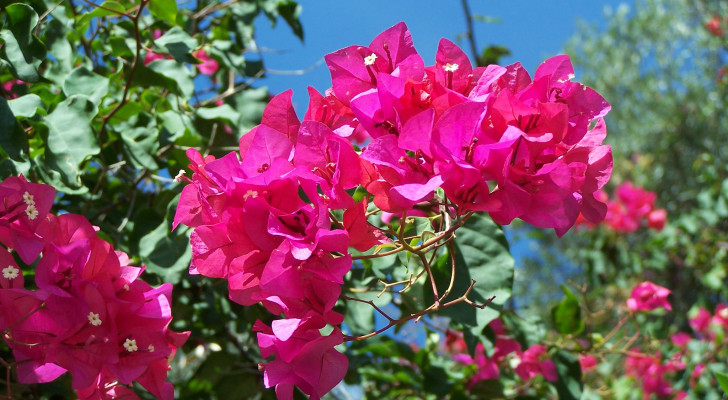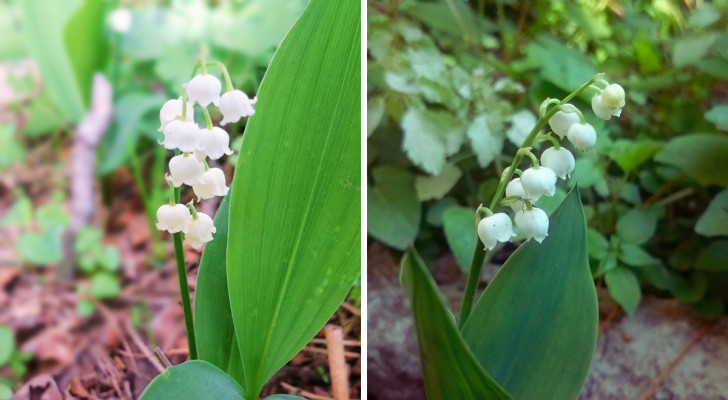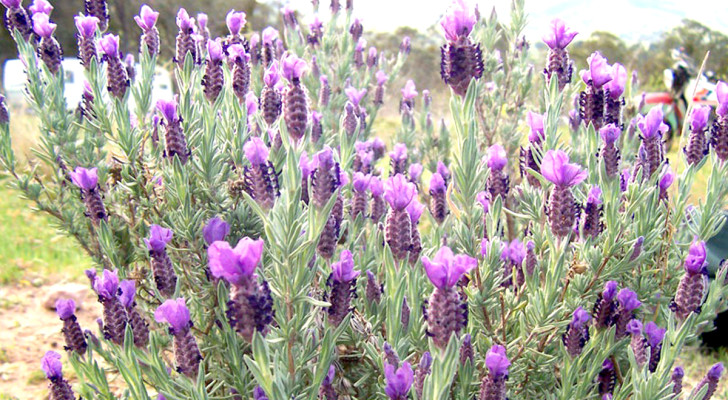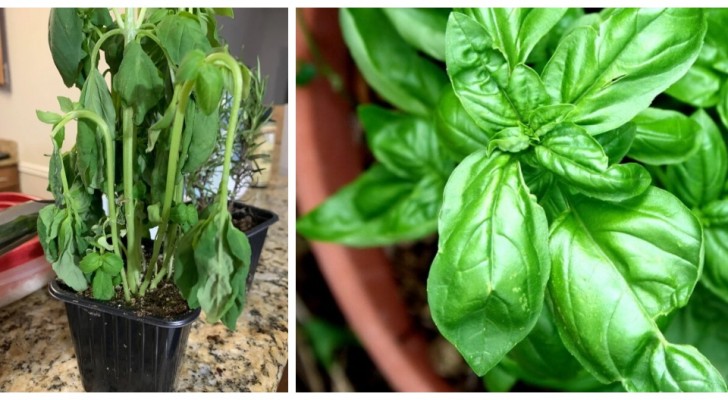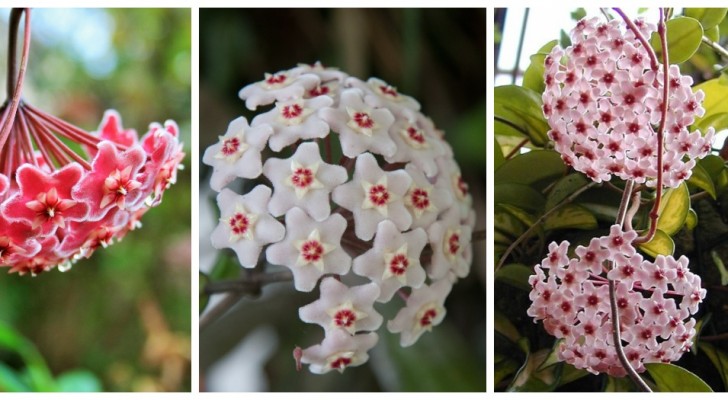Intercropping of herbs: What types can you put together in the same planter to get a better harvest?
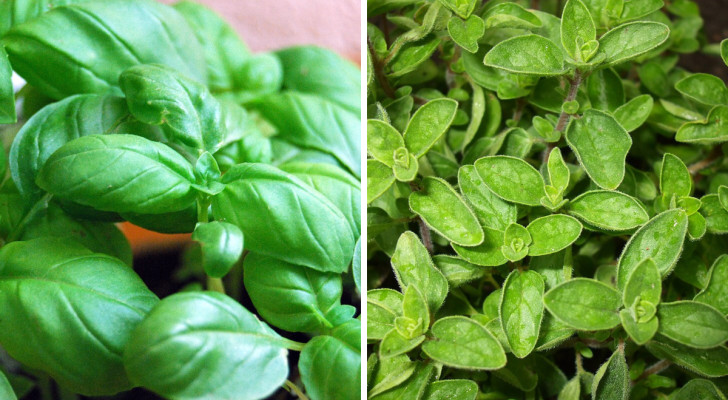
Intercropping of plants is an age-old practice that is used mainly in veggie patches, but it also works for aromatic plants (and even some ornamental species). Intercropping is a cultivation technique that consists of planting different plant species in the same location so that they can together create a more complex and resilient agricultural system.
Given the benefits, it's worth considering intercropping your aromatic plants (herbs). Check out the guide below:
1. Basil and oregano

FASTILY (TALK), Thomas Then via Wikimedia Commons
These are Mediterranean plants that have similar cultivation needs, in terms of exposure (ie. sunny spots, perhaps shielded during the hottest hours of summer), soil (well-draining), and watering (which should not be overdone). This similarity of needs makes it easy to grow these two plants together, and the oregano will act as a barrier against parasites that can harm basil (aphids, in particular).
2. Parsley with sage and chives
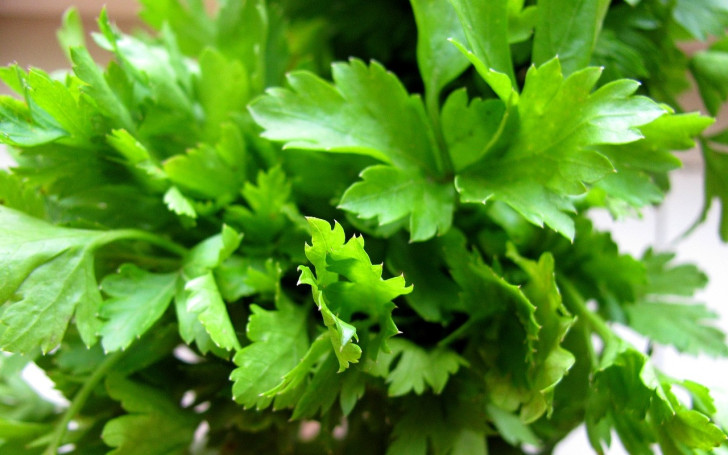
Needpix
Parsley grows well almost anywhere, even in the cracks in paving or walls. But parsley also pairs well with sage and chives. This plant combination will grow well and without competing with each other. The same is true for thyme, rosemary and lavender.
Mint, however, should be kept away from from parsley: this "weed-like" plant will suffocate parsley.
3. Lavender with rosemary and thyme
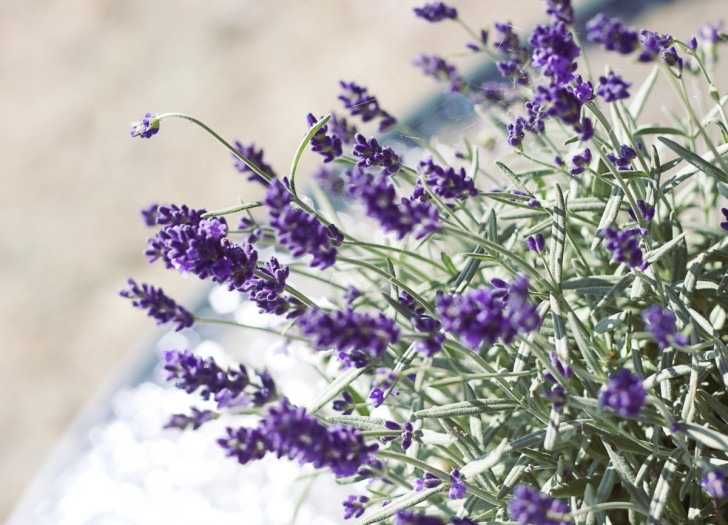
Lavender and rosemary look similar and have very similar needs, like how to prune them, for example. And both are also vigorous growers when placed in a sunny spot in well-draining soil. Lavender and rosemary will not compete with each other and both can be planted near thyme.
These are also useful plants to place at the edges/borders of flowerbeds where will take the brunt of parasite attacks and damage from grazing animals.
The advantages of intercropping
- Increases biodiversity: intercropping promotes the presence of a greater variety of plant species in the same place, creating a richer and more stable ecosystem. It also helps in attracting pollinating and other useful insects, i.e. those which help to keep parasites under control;
- The soil becomes more fertile: each plant has a different root system, which reaches different depths and takes different nutrients from the soil;
- Protection from parasites and diseases: some plants, as we have seen above, function as repellents against certain insects, rodents, grazers and disease.
It's really worth considering intercropping you aromatic, herb garden!
